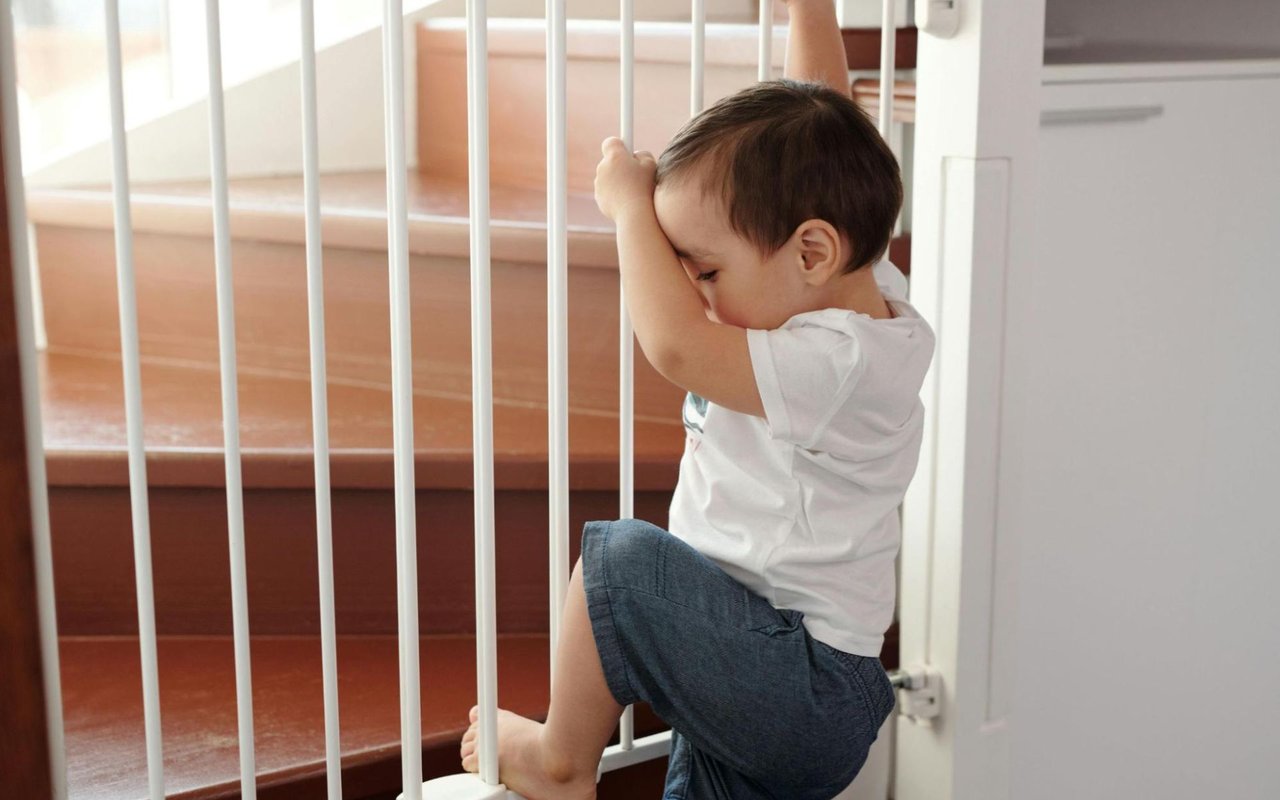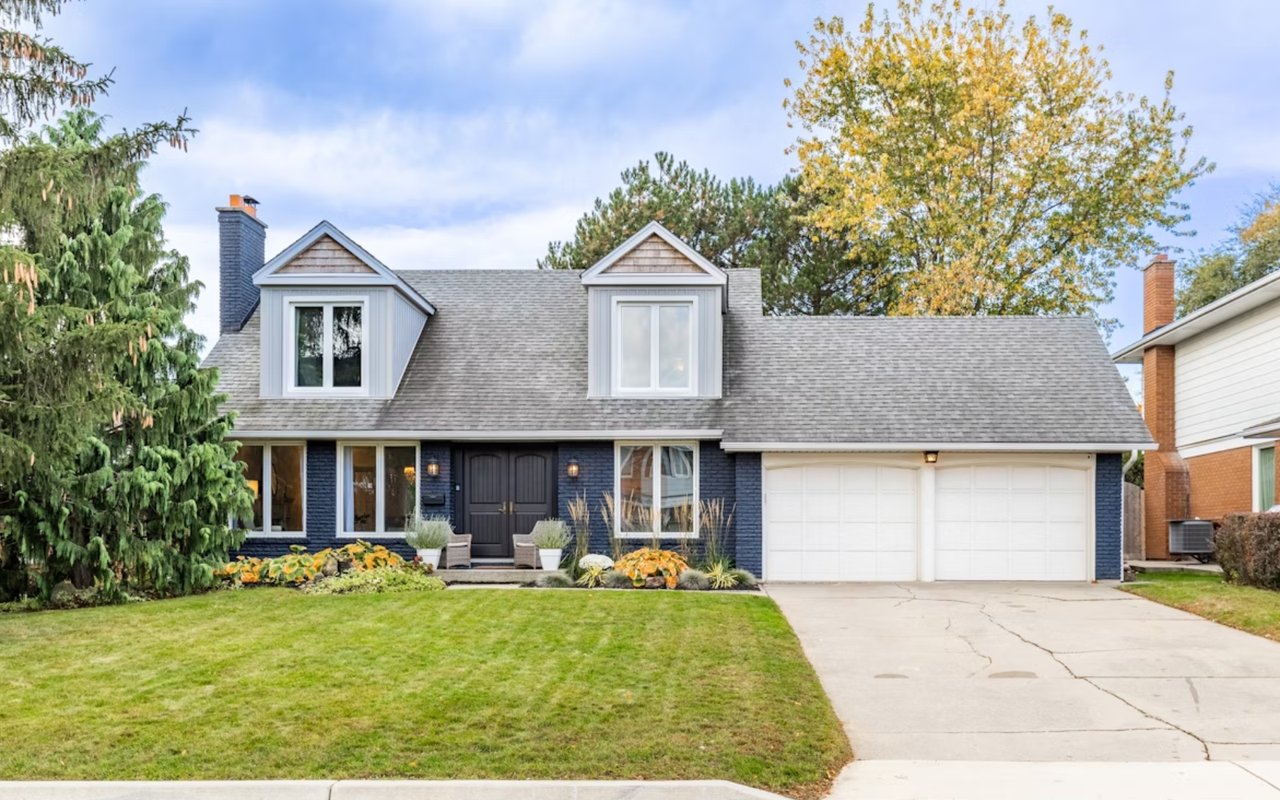When you picture life in Purcellville, Virginia, chances are it includes scenic streets, quiet neighborhoods, and homes where families grow together. For parents, one of the most important aspects of any home is making sure it’s safe for children. Whether you're preparing your home for your own family or planning to sell to buyers with kids, taking the right steps to childproof your property is a smart move that enhances comfort, peace of mind, and long-term value.
From room-specific strategies to broader environmental safeguards, this guide walks you through how to make sure your home supports safe and happy living for even the youngest residents.
Begin With a Full-Home Safety Assessment
Everyday objects that seem harmless—like a laundry basket or window blind cord—can become dangerous without warning.
Break the home into key zones for inspection:
-
Kitchen: One of the most dangerous rooms for kids, the kitchen needs thoughtful safeguards. Lock up knives, cleaning products, and medications. Secure stove knobs and keep appliance cords out of reach. Store heavy or breakable items on lower shelves only if the cabinets are latched.
-
Living Room: Anchor bookcases, TVs, and shelving units. Cover any sharp table corners and use cord shorteners for blinds or electronics. Keep small decorative items out of reach to prevent choking hazards.
-
Bathrooms: Use toilet locks and store shampoos, razors, and medicines in high, secured cabinets. Install non-slip mats in tubs and cover faucets to prevent bumps and burns.
-
Bedrooms: Cribs should meet the latest safety standards, with no pillows, bumpers, or toys inside. Make sure heavy furniture is anchored and electrical outlets are capped. Avoid long drapes that can be pulled down easily.
-
Staircases and Hallways: Install safety gates at both the top and bottom of staircases. Use nonslip rugs or treads to prevent falls. Add nightlights in hallways to guide little feet during nighttime bathroom trips.
Outdoor Safety: Extend Your Focus Beyond the Front Door
-
Fencing: If your yard isn’t fully enclosed, now’s the time to add a fence with a self-closing, self-latching gate.
-
Play Equipment: Make sure swing sets, slides, and climbing structures are age-appropriate and securely anchored. Check for rust, splinters, or loose bolts.
-
Pools or Ponds: Even shallow water features need to be fenced or covered when not in use. Remove toys from the water after use to prevent children from trying to retrieve them unsupervised.
-
Driveways and Garages: Store all tools, chemicals, and equipment in locked cabinets or out-of-reach shelves. Keep walkways free of tripping hazards and teach children that driveways are not safe play zones.
Environmental Hazards: What You Can’t See Might Matter Most
Here’s the interesting part: many environmental risks can be addressed quickly and affordably once identified.
-
Lead Paint: Still found in many historic homes. Have walls and trim tested and professionally remediated if needed.
-
Radon Gas: Naturally occurring and odorless, radon can seep into basements and cause long-term health issues. Testing kits are inexpensive and remediation is straightforward.
-
Mold and Moisture: Especially important in basements or bathrooms. Dehumidifiers, proper ventilation, and occasional inspections help prevent buildup.
-
Carbon Monoxide: Install detectors on every floor, especially near bedrooms. Never leave gas-powered tools or vehicles running in attached garages.
Embrace Smart Tech for Modern Childproofing
-
Video Doorbells: See who’s at the door and prevent kids from answering strangers.
-
Smart Locks: Remotely lock and unlock doors, perfect for parents juggling errands or guests.
-
Motion Lights: Improve visibility and reduce falls on steps, porches, or dark hallways.
-
Monitors and Sensors: Wi-Fi baby monitors, window sensors, and even smart cameras can give parents a clear line of sight into what’s happening throughout the home.
Staging a Home With Safety in Mind
-
Install simple plug covers and cord organizers before showings.
-
Secure furniture that might tip, especially if toddlers might be present during open houses.
-
Highlight outdoor play spaces and safe zones in listing photos and descriptions.
Teaching and Reinforcing Safety Habits
-
Designate safe play areas with soft flooring and no access to dangerous tools or furniture.
-
Regularly check safety devices (like gates and locks) to make sure they’re working properly.
-
Create a routine for tidying up toys and securing hazardous items after use.
Contact Diana Geremia Real Estate
Diana Geremia Real Estate understands that a home is more than walls and a roof—it’s a space where families build memories, and safety is a cornerstone of that experience. If you’re buying a home in Purcellville or preparing yours for sale, Diana offers expert guidance on the features and upgrades that matter most to parents and family buyers.
From navigating local inspections to recommending trusted contractors for safety improvements, Diana is ready to help you make informed decisions at every stage of your real estate journey. Reach out today to find a home that’s not only beautiful but also safe for every member of the family.
Other Recommended Reads:












